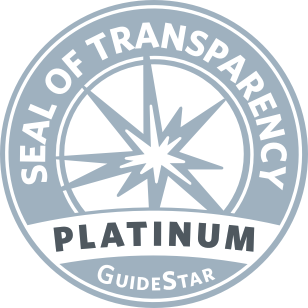Most people who are mildly constipated do not need laxatives. However, for those who have made diet and lifestyle changes and are still constipated, a healthcare provider may recommend laxatives for a limited time.
Types of Laxatives
A healthcare provider should determine when you need a laxative and which form is best. Laxatives taken by mouth are available in liquid, tablet, gum, powder, and granule forms. They work in various ways:
- Bulk-forming laxatives generally are considered the safest but can interfere with absorption of some medicines. These laxatives, also known as fiber supplements, are taken with water. They absorb water in the intestine and make the stool softer. (e.g., Metamucil, Citrucel, Konsyl, and Serutan.) Learn more about dietary fiber.
- Osmotic laxatives work by increasing the amount of fluid in the intestinal tract. This softens bowel movements (BMs) and speeds up the movement of them through the colon. They are usually recommended as an initial treatment option for slow transit constipation (STC) as they are available OTC. Clinical trials have shown that these drugs can improve BM frequency and texture, but not necessarily abdominal symptoms (pain, bloating, distention). In some studies, these products made abdominal symptoms worse. If this happens, starting with a low dose and increasing slowly over time may help. Examples of these drugs include polyethylene glycol [PEG]-based products, magnesium-based products, and non-absorbable carbohydrates.
- Saline laxatives (a type of osmotic laxative) act like a sponge to draw water into the colon for easier passage of stool. (e.g., Milk of Magnesia and Haley’s M-O.)
- Saline laxatives (a type of osmotic laxative) act like a sponge to draw water into the colon for easier passage of stool. (e.g., Milk of Magnesia and Haley’s M-O.)
- Stimulants laxatives improve constipation by increasing colon movement and/or changing colon fluid secretion. While some healthcare providers may recommend them for daily use, they are most commonly used when a successful BM has not been achieved after 3-4 days. There are two major classes of this drug.
- Anthraquinones, such as senna, cascara, and aloe
- Diphenylmethane derivatives, such as bisacodyl and sodium picosulfate
- Stool softeners provide moisture to the stool and prevent dehydration. These laxatives are often recommended after childbirth or surgery. (e.g., Colace and Surfak.)
- Lubricants grease the stool enabling it to move through the intestine more easily. Mineral oil is the most common example.
People who are dependent on laxatives need to slowly stop using them. A healthcare provider can assist in this process. In most people, this restores the colon’s natural ability to contract.
Adapted from NIH Publication No. 03-2754, June 2003; the text of this article is not copyrighted.
Adapted from IFFGD Publication: Constipation Overview by Darren Brenner, M.D., AGAF, FACG, Associate Professor and Director of the Neurogastromotility Program, Division of Gastroenterology, Northwestern University Feinberg School of Medicine, Chicago, IL










